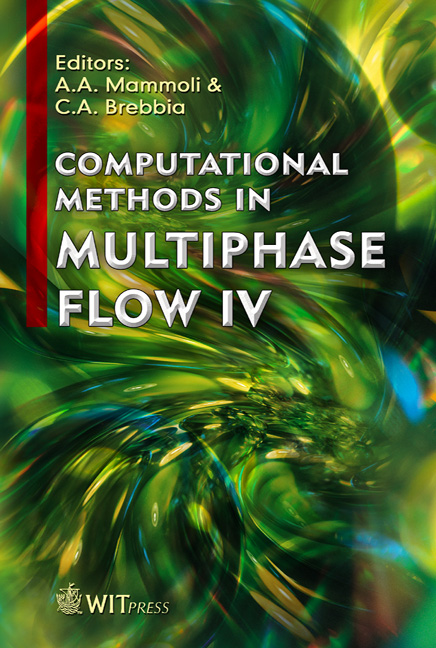A DNS Approach To Stability Study About A Supersonic Mixing Layer Flow
Price
Free (open access)
Transaction
Volume
56
Pages
10
Published
2007
Size
887 kb
Paper DOI
10.2495/MPF070351
Copyright
WIT Press
Author(s)
F. Guan, Q. Wang, N. Zhu, Z. Li & Q. Shen
Abstract
In this paper linear and nonlinear issues of a mixing layer at Mc=1.2 are studied with a DNS method. Navier–Stokes equations in perturbation form are solved with a finite difference method of third-order accuracy. An approximated boundary condition treatment of small disturbance along the outside boundary is proposed on flow characteristics. This boundary condition is verified to be valid in the numerical case. Linear issue of a mixing layer at Mc=1.2 is simulated. Three modes of instability in the mixing layer have been simulated: Slow-Mode, Fast-Mode and Mix-Mode. Nonlinear issues of the mixing layer at Mc=1.2 are also studied. The mode transition of the mixing layer instability is simulated. At low-frequency disturbance, simple mode instability develops in the mixing layer upstream, which is Slow-Mode instability. In the middle of the mixing layer, the Mix-Mode instability develops, and Mix-Mode instability are shifting to Fast- Mode in the downstream. Keywords: mixing layer, DNS, boundary condition, acoustic radiation vortex mod, mode transition. 1 Introduction Instability of a supersonic mixing layer is a fundamental phenomenon leading to turbulent flow. It is important to study the production and evolution of two-dimensional and three-dimensional unstable structures in a planar supersonic mixing layer to understand the mechanism of transition. It is known that there are several ways leading to the development of three-dimensional structures. Secondary instability is a natural way to make three-dimensional structures and then to transition.
Keywords
mixing layer, DNS, boundary condition, acoustic radiation vortex mod, mode transition.





